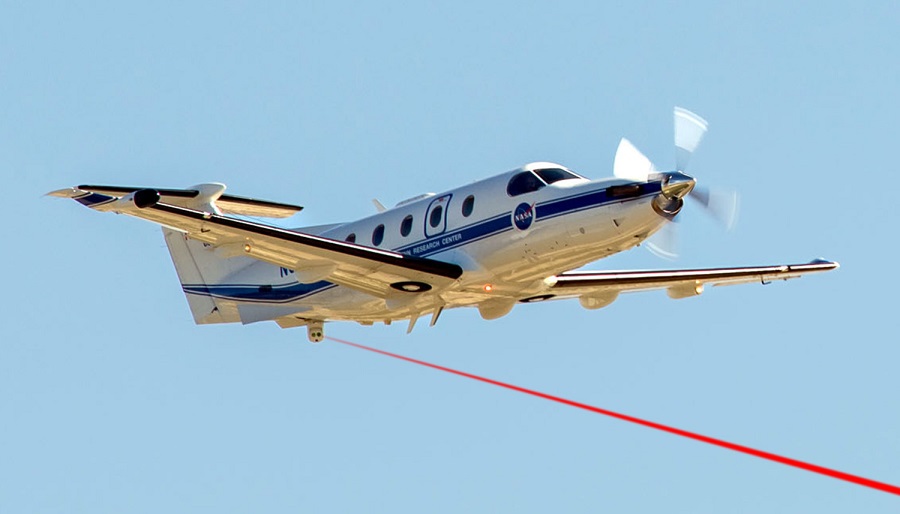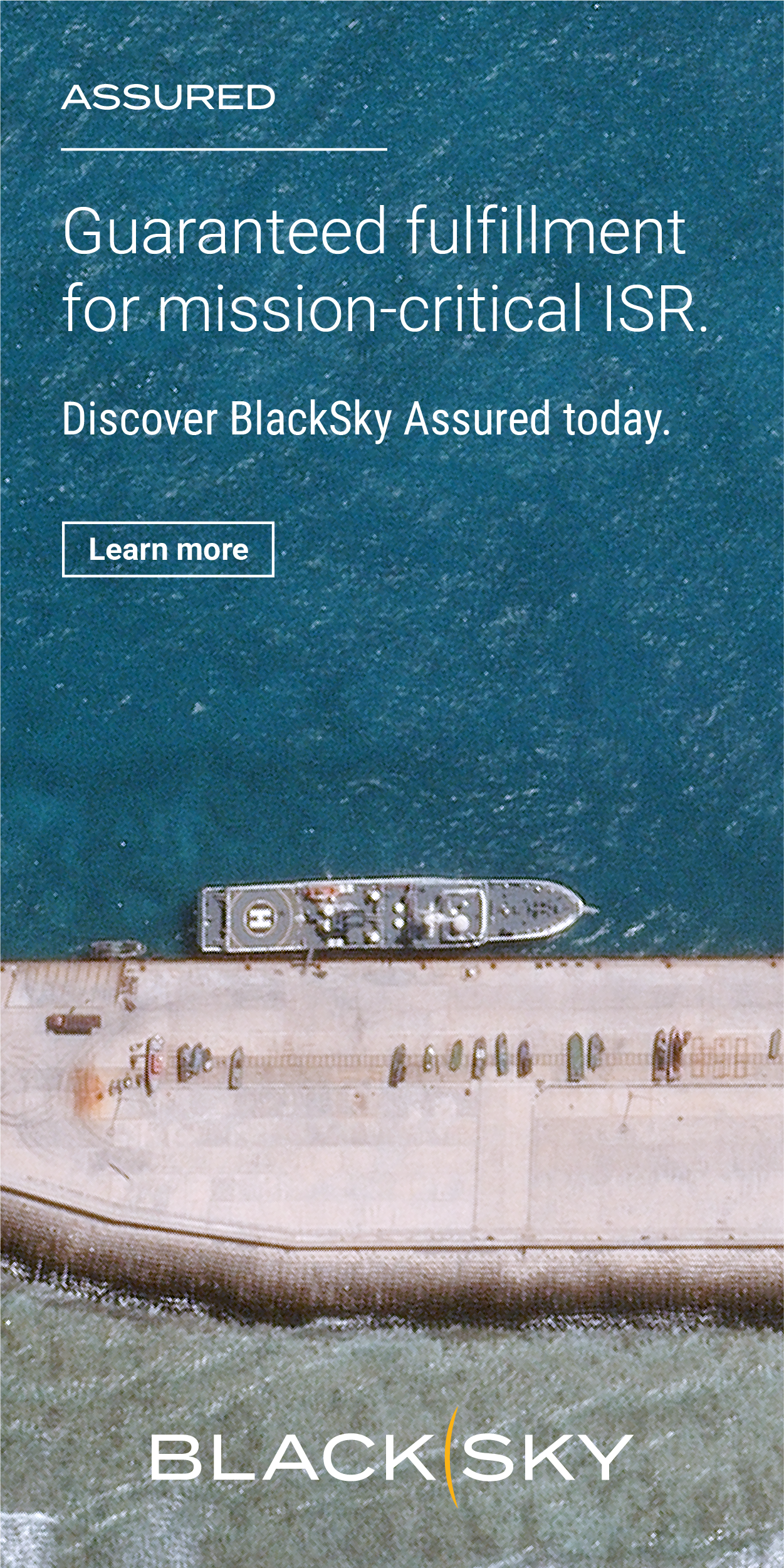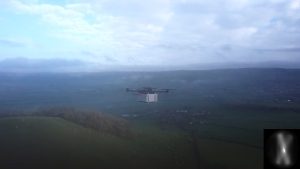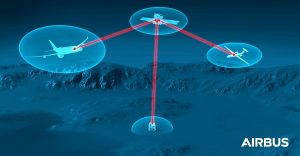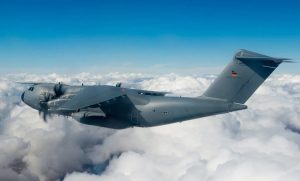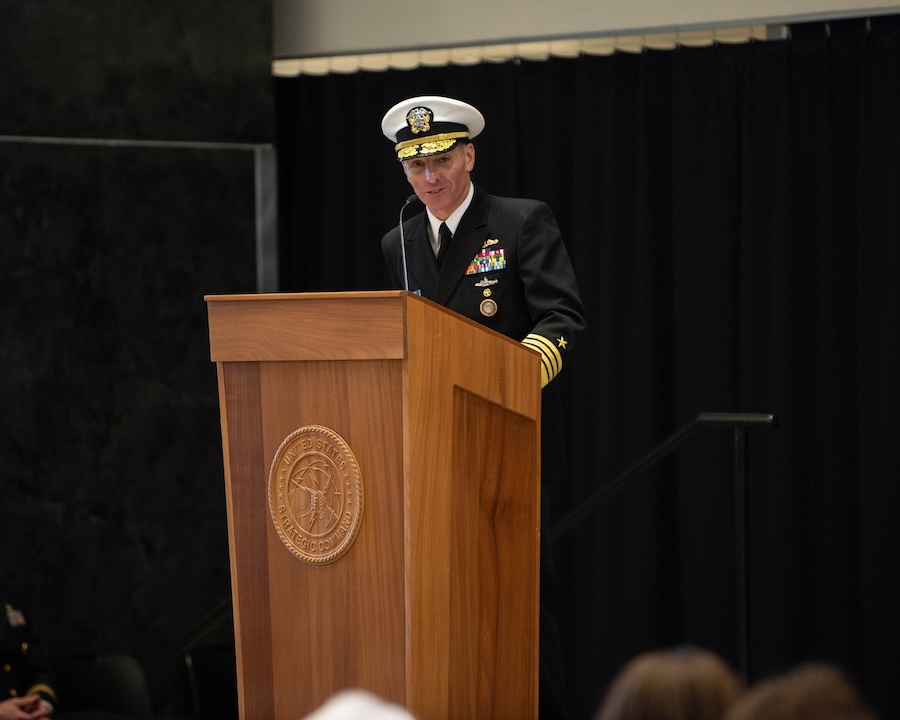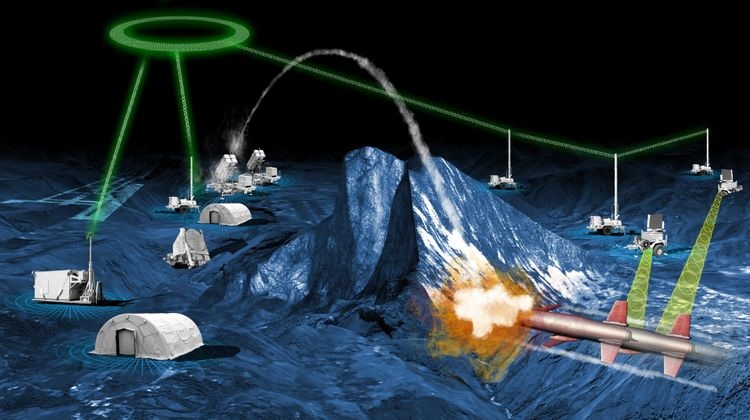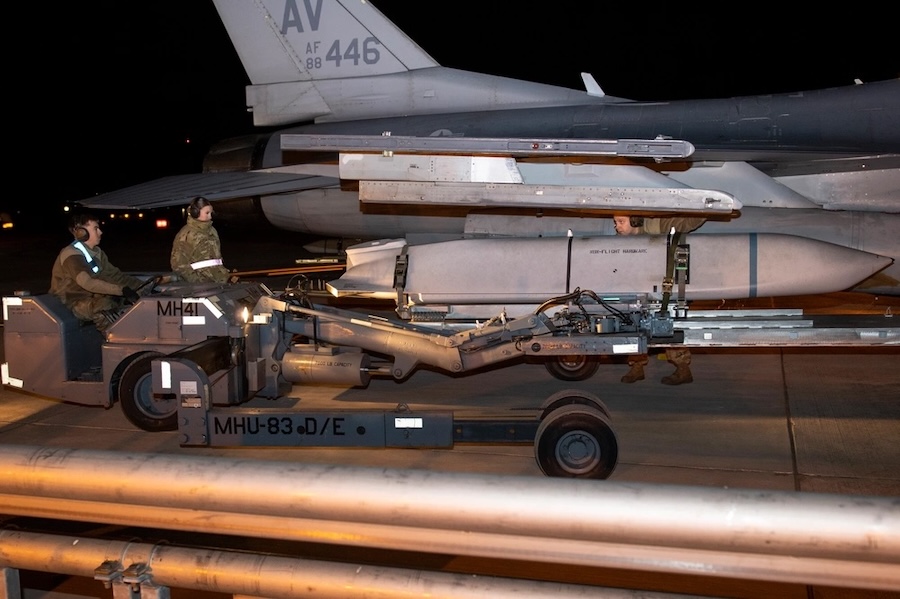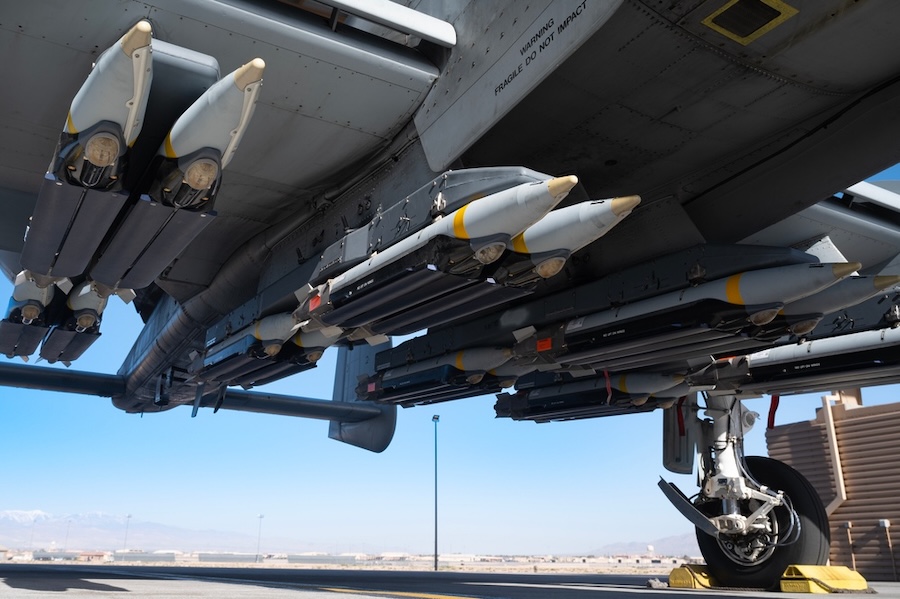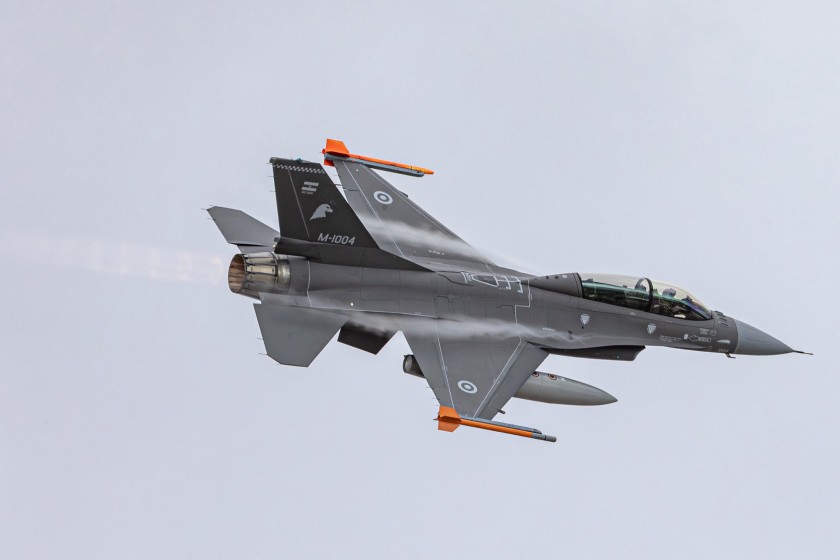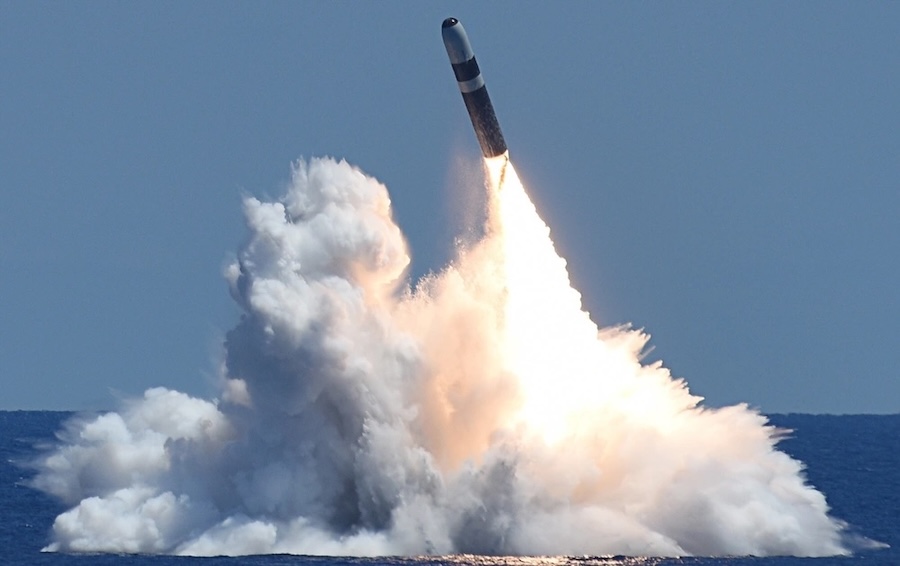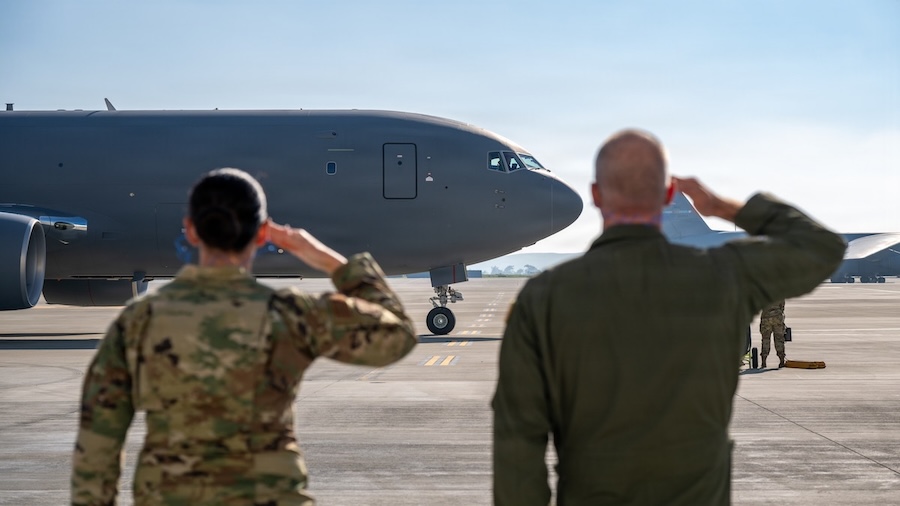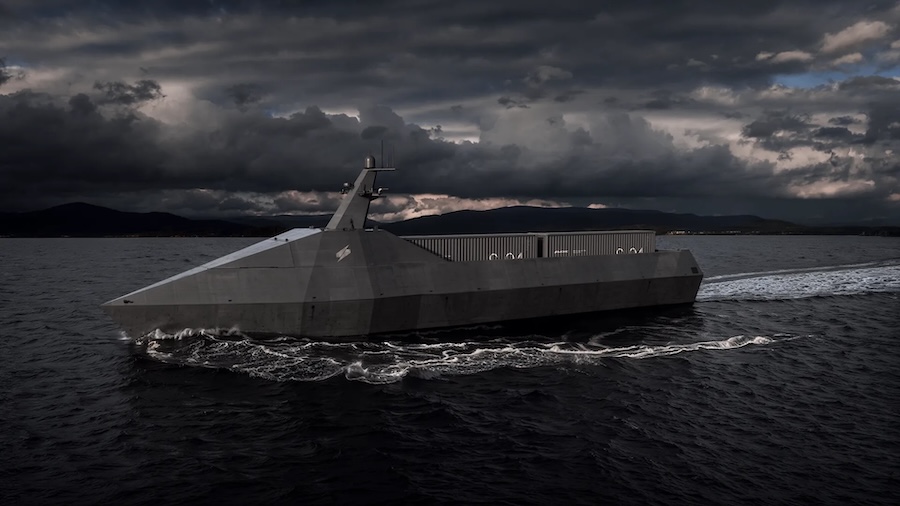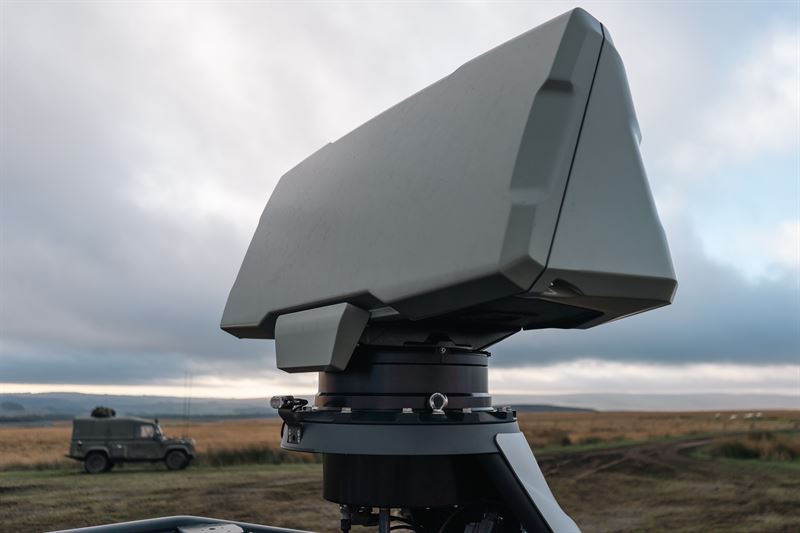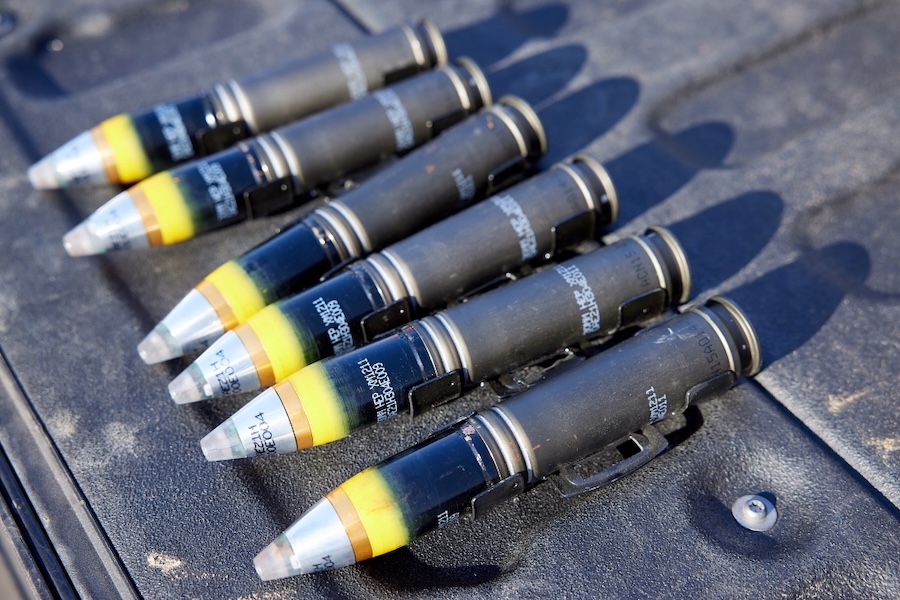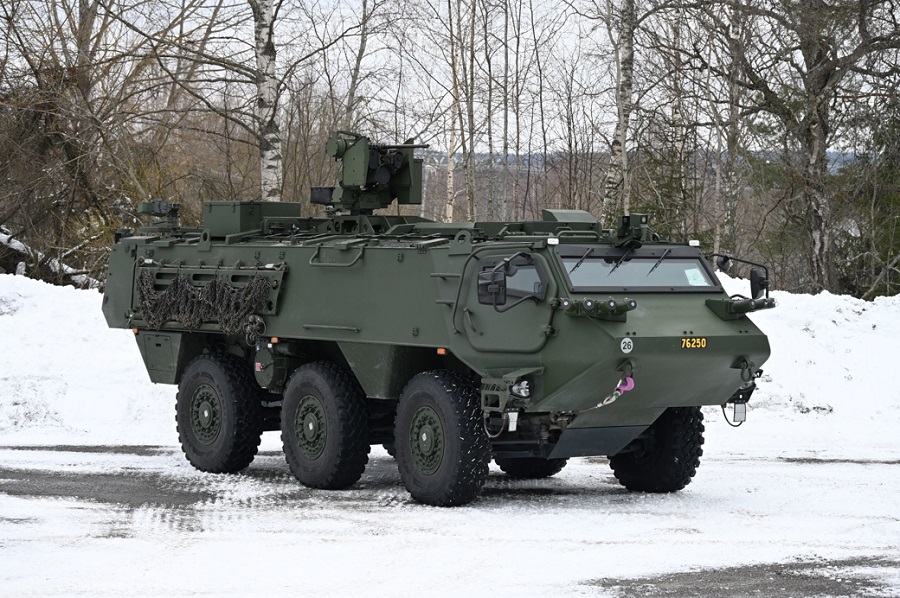The ALCT is intended to complement traditional radio frequency (RF) communication systems, offering gigabit-class data transmission without relying on RF spectrum allocations. It requires a clear line of sight to establish connections and is engineered for enhanced physical security and a low probability of interception or detection.
“Laser communications offer several benefits, including high data rates, resistance to jamming, and secure links,” said ALCT Principal Investigator Michael Krainak. “Our goal is to demonstrate their potential for real-world aeronautical use.”
Flight testing, carried out between 2019 and early 2025, has demonstrated the system’s capability to maintain robust data links over long distances in both air-to-ground and preliminary air-to-air scenarios. These tests validate ALCT’s role as a viable complement to existing RF technologies in various aviation applications.
A key milestone was the successful air-to-air tracking experiment using retroreflector equipment, marking a step forward for urban air mobility and next-generation aerospace communication. “The ALCT’s ability to support gigabit-class data rates at ranges of up to 60 kilometres demonstrates its effectiveness,” Krainak added.
NASA’s work with ALCT addresses critical challenges in modern aeronautical communications, particularly the need for secure, high-bandwidth solutions in increasingly congested airspace.
Source: NASA.



